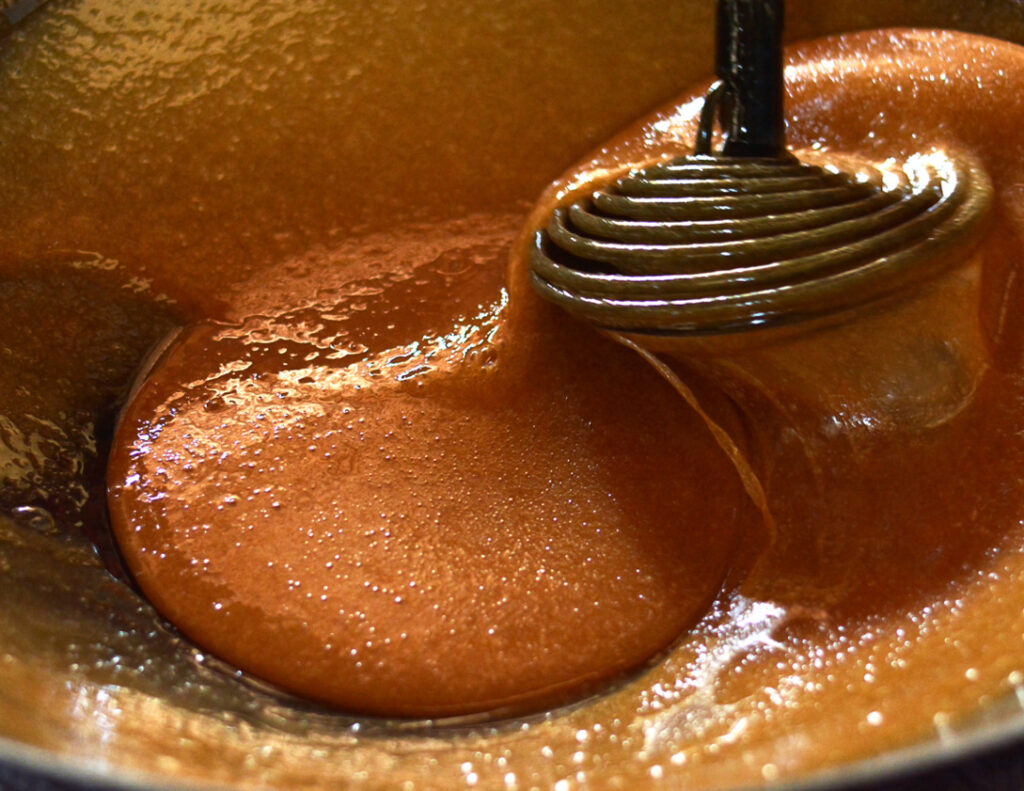We are sure that you want to know about the provenance of your food. Often the materials where the products came from are rarely explained. This is the story behind coconut sugar, which is coconut sap. You should know, and hopefully this will leave you with a sense of wonder which only elevates the taste and feel-good factor of coconut sugar products.



Coconut sap comes from the coconut tree itself. It’s not about the coconut fruit that you usually consume. Up on the coconut tree, there’re buds of inflorescence of the tree. Which means, it’s under where the flowers grow and that later will become coconut fruit. On the stem of that part of the tree, it is possible to encourage the tree to release its incredible sap. This harvesting process is called tapping.
The concept is the cycle of blossoming and then producing new coconut fruits. The tapping process to get the sap prevents the formation of new coconut, but on the other hand will not interrupt the perpetual cycle of sap production. So, the tree is not harmed, it will continue to flower and be healthy.
You should read this : How to Make Coconut Sugar? Can I Make It at Home?
The fact of that concept made coconut sugar production pretty handy. The coconut trees used for collecting coconut sap don’t grow coconut whilst the sap is being tapped. It’s definitely proven not damaging to the tree.
The process of tapping and collecting coconut sap is a very personal process. It’s not big-scale farming, rather it should not. It heavily relies on an individual scale farmer or tapper. The tapping is usually done early in the morning and again in the evening. It’s surely an amazingly sustainable process. The tree that’s tapped will continue to produce sap for the next twenty years.



The sap quality also depends on location. Being a small-scale farming, the tapping process can vary from country to country. Indonesia is one of the most famous producers of coconut sugar. It’s done traditionally and very vital to the local communities.
Each individual farmer climbs the tree used for tapping the sap, twice a day. The tree is usually located near and around their houses and in the heart of the community. The tapper makes a cut on the stem below the flower buds and bends the cut off end into a collection tube made of bamboo. Then wait for the sap to drip and will be taken at the next climb. How the sap looks after being collected is a milky white substance, which has to be processed quickly. Because the rich and sugar content in the sap makes it a very good medium for fermentation. The process is done at a very local processing facility.
Indo Coconut Sugar - the best and larger high quality coconut sugar supplier and manufacturer in Indonesia
